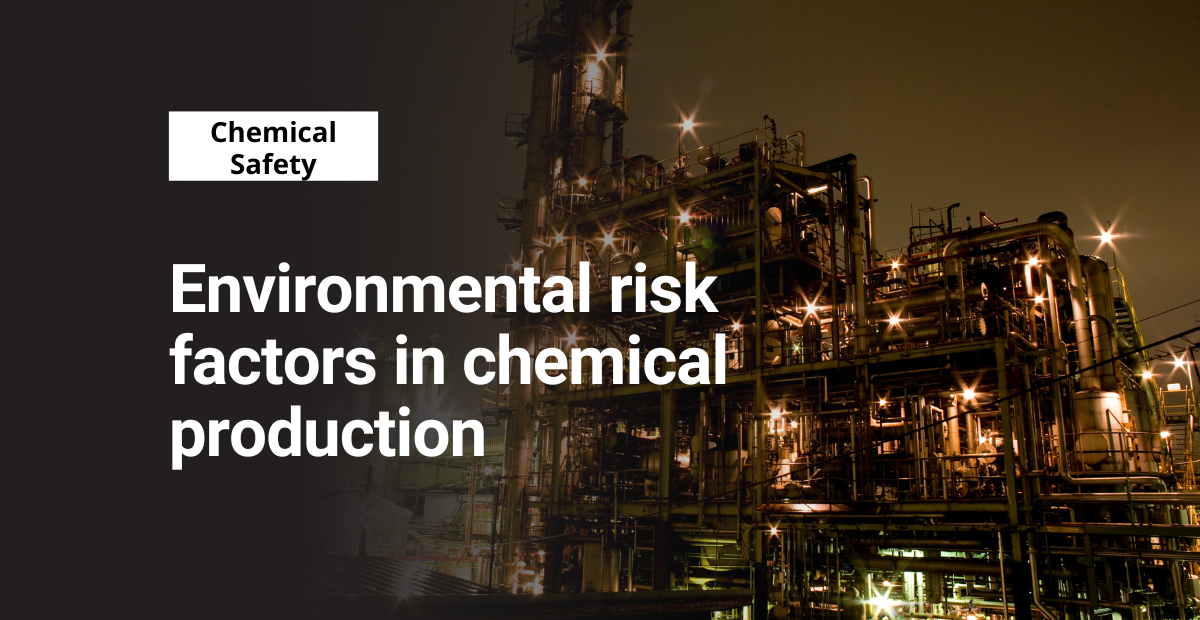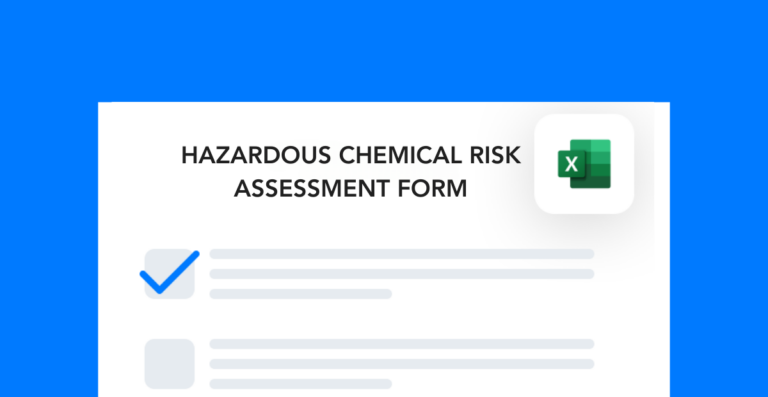In 2020, exposure to harmful substance caused more than 405,000 workplace injuries and illnesses. There’s no doubt that companies could avoid these kinds of incidents with a stronger approach to hazard prevention. And in the chemical industry specifically, it’s very important to recognize the environmental risk factors that come into play during the production process.
Being able to recognize, address, and control risks protects more than just the workforce. To do this, you first need to know the common causes of environmental risk factors. Then, you need to create a strategy to prevent these hazards from affecting the communities where you manufacture chemical products.
Common causes of environmental risks
Chemical production hazards are unique because the product itself can be inherently dangerous. Food production, for example, deals with ingestible raw materials that (for the most part) have little to zero effect on workers. Meanwhile, a misstep in the chemical manufacturing process can have a devastating impact on both the facility workers and the surrounding community.
These are some of the most common causes of environmental risks from chemical production:
Waste disposal: Cutting corners during chemical disposal can affect the safety of drinking water and release toxins into the air, devastating local plants and wildlife.
Product transportation: Accidents during the transportation of chemical products can lead to spills and ground water contamination.
Uncontrolled emissions: Facilities don’t always monitor their emission control systems in the way that they should—polluting the air with things like sulfur dioxide, nitric acid, and ammonia.
These types of incidents have made chemical processing a major contributing factor to global climate change. During 2014, the chemicals and plastics industry was the second-leading cause of greenhouse gas emissions in the world.
A common theme among the causes of environmental risk factors is that they come from necessary stages of the production process. There’s no way to avoid waste disposal, you have to do it, or your facility will become unworkable. Once you finish a product, you have to ship it.
The problem is that many environmental protection and process safety plans are just that—plans. Because you can’t eliminate all chemical risk factors, you have to figure out how to control them. Preventive and corrective action is the strongest tool you’ll have for reducing the environmental impact of chemical hazards within your community.
Controlling environmental risk factors through preventive and corrective action
Most, if not all, facilities have control measures in place. Whether for genuine worker protection or OSHA compliance purposes only, having these measures is just the first step. You need to consider the quality of your actual implementation.
Does your site incur the same types of environmental hazards often? When you’re implementing corrective actions in the moment, it can be hard to see where to make improvements.
You need to have a balance of both preventive and corrective actions to control environmental risk factors. The best way to do this is to make a CAPA plan and have a system for tracking action items.
These are some of the biggest mistakes companies make when trying to implement a CAPA plan:
- Not setting up clear roles for each step of the process
- Creating a plan and then not auditing to make sure it’s being followed
- Tossing the plan aside when emergencies happen
- Not following up on action items after an incident
- Not getting input from workers
- Making plans based on assumptions rather than hard data
Having an effective CAPA plan ensures that your chemical plant poses less environmental risks. It shifts the focus from cleaning up chemical spills, for example, to safeguarding your facility from spills in the first place. If a spill does happen, your workers will be ready to react quickly.
As more companies adopt tools like action tracking software to monitor their safety measures, incident rates will fall. And with a reduction in incident rates will come fewer noncompliance costs and improved environmental conditions for sustained company growth.




